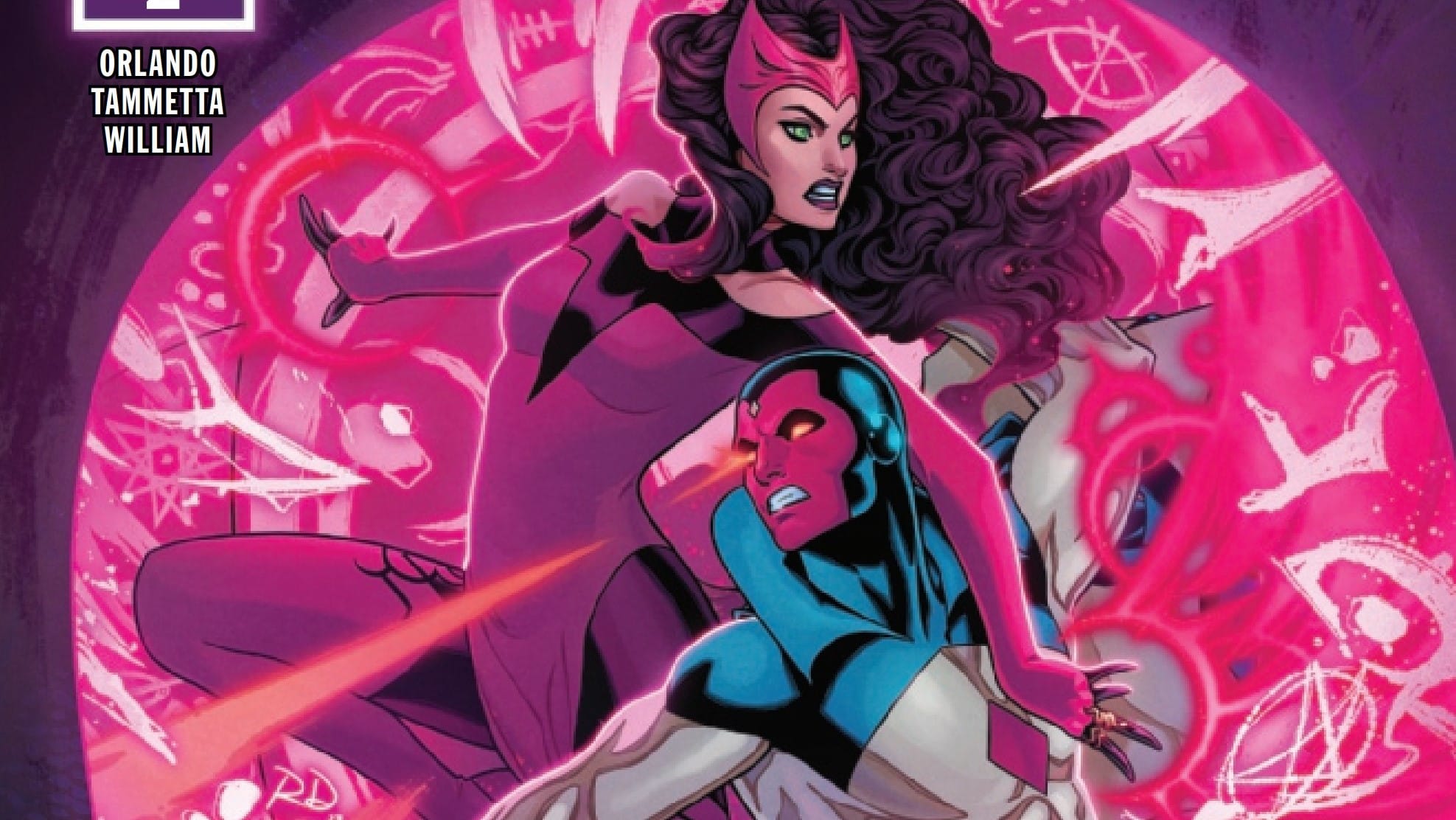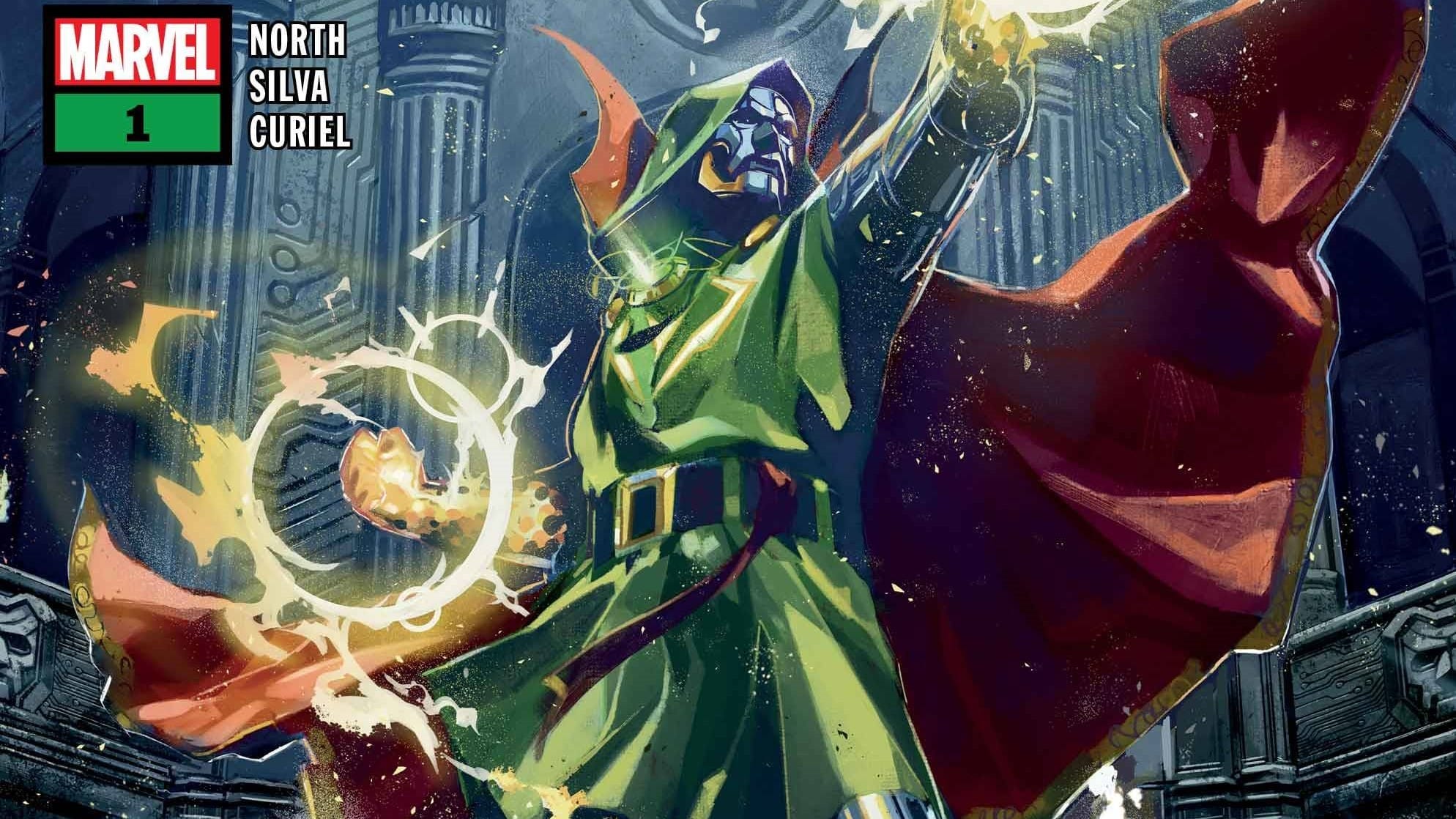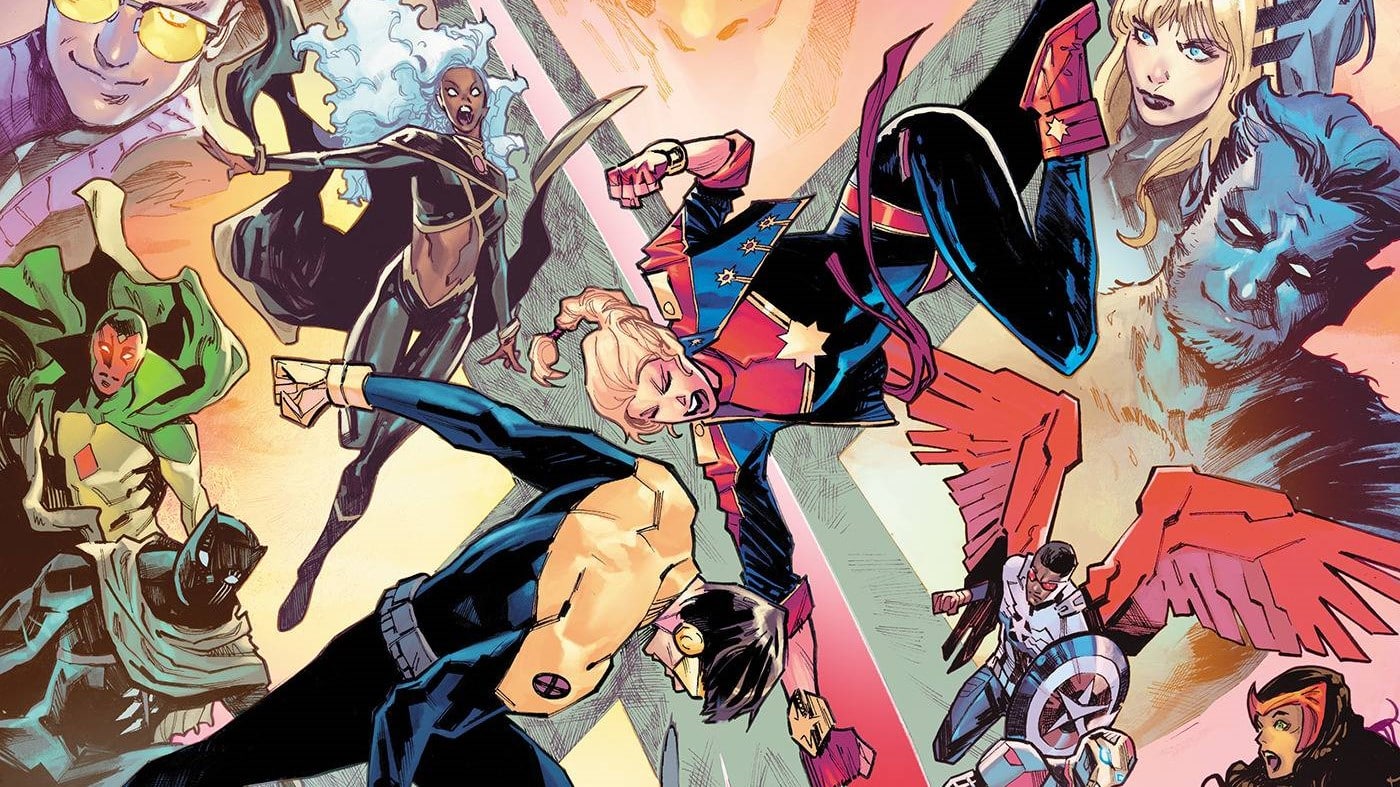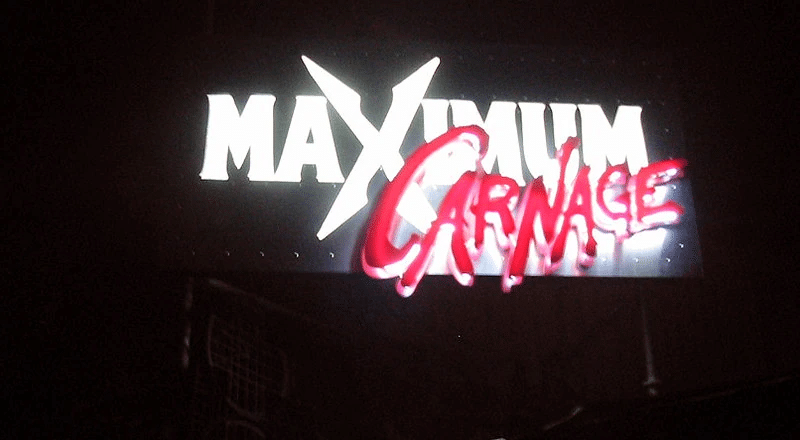Wanda and Pietro Maximoff are no longer on speaking terms. So when the Wizard corners each of them with his new army of Frightful Four Hundred, it will take all their ingenuity, and all their power, to survive. But can the twins save themselves without unleashing something worse? And are they really as alone as they think? Scarlet Witch and Quicksilver #2 is written by Steve Orlando, drawn by Lorenzo Tammetta, colored by Frank William and lettered by Joe Caramagna.
It’s fair to say that the Maximoffs are a complicated family. Between on-again-off-again paternal relationships, demonic limb children and the unstoppable tour de drama that is Crystalia Amaquelin, the House of M is a testament to the notion that strength is gained through adversity. In fact, by their unbelievably low standards, things have been relatively calm of late.
After a letter from their surrogate father drove the twins apart in Scarlet Witch and Quicksilver #1, Wanda and Pietro found themselves isolated and battling the newly upgraded Wizard and his Frightful Four Hundred hivemind. Issue #2 picks up where the last left off, with Wanda and Pietro both pushed to their limits and needing to seek out the support of their family. By the end of the issue, everything’s looking up (if you ignore the ancient evil that Wanda has unleashed from the depths of her soul).
The issue achieves its functional objective, which is to keep the twins apart and facilitate their team-up with a family member, expanding the book’s cast. The issue is centered on a fight scene between the Scarlet Witch and the Wizard that continually ratchets up its intensity until Wanda reaches a breaking point, even if it does take a while to get going. This is true of the opening exchanges in particular, in which a nine-panel grid laden with narrative captions slows the momentum. The scene largely is composed of Wanda escaping from different energy constructs, with the dialogue re-establishing what the reader already knows: Wanda is an agent of chaos that must be brought to order by a cosmic entity seeking to enforce the predetermined course of events in the universe. Lorenzo Tammetta’s art keeps the scene engaging though, balancing the flashy power signature moments with inset panels of Wanda’s facial expressions. Steve Orlando is well practiced and adept at digging deep into Wanda’s bag of tricks to find new ways to defeat her adversary. In this case, her probability hex powers make a welcome return, re-emphasizing the innate nature of her powers, kind of like a … you know what, nevermind.

It’s in the final third of this scene that the issue really kicks into gear, where the Scarlet Witch must release Chthon from her soul prison to defeat her adversary. It’s notable that the Wizard is the one who invokes Chthon and the Darkhold, suggesting an attempt at manipulation. Tammetta’s rendering of Chthon’s degenerative influence on Wanda is excellent, using heavier and heavier inking to gradually obscure her face, made even more striking by Frank William’s switch to a darker background colour palette to amp up the contrast with the electric pink of Chthon’s power signature. This palette is used to draw a different contrast with the leafy suburban setting of Vision’s home. This, combined with the choice to draw him in his Sunday best, concisely emphasizes the unwelcome intrusion of this darkness into his life. Even though he’ll do all he can to help, it’s clear that Vision could do without Maximoff family drama.
Wanda’s relationship with self-control has a storied and problematic history, with many of her most famous stories grounded in sexist tropes relating to motherhood and mania. Orlando has, throughout his time writing Scarlet Witch, demonstrated an interest in challenging this portrayal in interesting ways. Where James Robinson’s 2015 Scarlet Witch run focused primarily on her attempts to recover from her trauma, Orlando has focussed on empowering the character without providing her any easy solutions. The prospect of Wanda grappling with Chthon is a tantalizing opportunity to explore this further, as it will mean relinquishing some of the control she has worked so hard to retain while preserving her self-actualization.
Given the heightened stakes for his sister, the revelation that Quicksilver is key to the prophecy that underpins the story is less credible. The explanation that he’s the “catalyst” for Wanda’s chaos could be amusing if the issue didn’t play it completely straight, which only further embeds the sense that Pietro is intruding on his sister’s story. He does get a couple of interesting beats, though. In the issue’s opening scene, Tammetta ramps up his excellent use of hand movements from the first issue, with Quicksilver defeating one of the soldiers with a snap of his fingers. Orlando’s narrative caption boxes endow this act with a sense of gravitas by associating it with the “King of Atlantis,” which delivers a great moment of farcical comedy when Pietro breaks his fingers in the act. The visit to his “once-in-law” the Inhuman Maximus the Mad’s lab, on the other hand, leaves you with a sense of what could have been. It’s a shame Inhumans are shadowbanned from Marvel stories right now as Maximus would have injected some much needed levity into a scene of Pietro speed-reading textbooks.
The most important element involves a clever callback to the first issue, in which Quicksilver rips past his nephew’s house in a temper tantrum. The scene is repeated to show that the impetuous speedster has learned from the impulsiveness that got him captured in the first issue, which pays off at the end of the issue when Speed arrives on time to rescue his uncle from the Frightful Four Hundred. The idea that Quicksilver’s first choice of sidekick is the one most similar to him is very funny, and the pair’s dynamic should provide some light relief to balance against the darkness of Wanda’s story in future issues.
Overall, Scarlet Witch and Quicksilver #2 is successful in its role as the workhorse of the series. It elevates the stakes from street to cosmic level, setting up both characters’ internal and external conflicts and an opportunity for reconciliation. It’s interesting that having loomed so large in the first issue, Magneto wasn’t mentioned here, but we can leave the question of their parentage to one side for now. They’ve got more pressing concerns to attend to, but at least they’ll have the rest of their family by their side.
Buy Scarlet Witch and Quicksilver #2 here. (Disclaimer: As an Amazon Associate, ComicsXF may earn from qualifying purchases.)
Dan Grote is the editor and publisher of ComicsXF, having won the site by ritual combat. By day, he’s a newspaper editor, and by night, he’s … also an editor. He co-hosts The ComicsXF Interview Podcast with Matt Lazorwitz. He lives in New Jersey with his wife, two kids and two miniature dachshunds, and his third, fictional son, Peter Paul Winston Wisdom. Follow him @danielpgrote.bsky.social.






